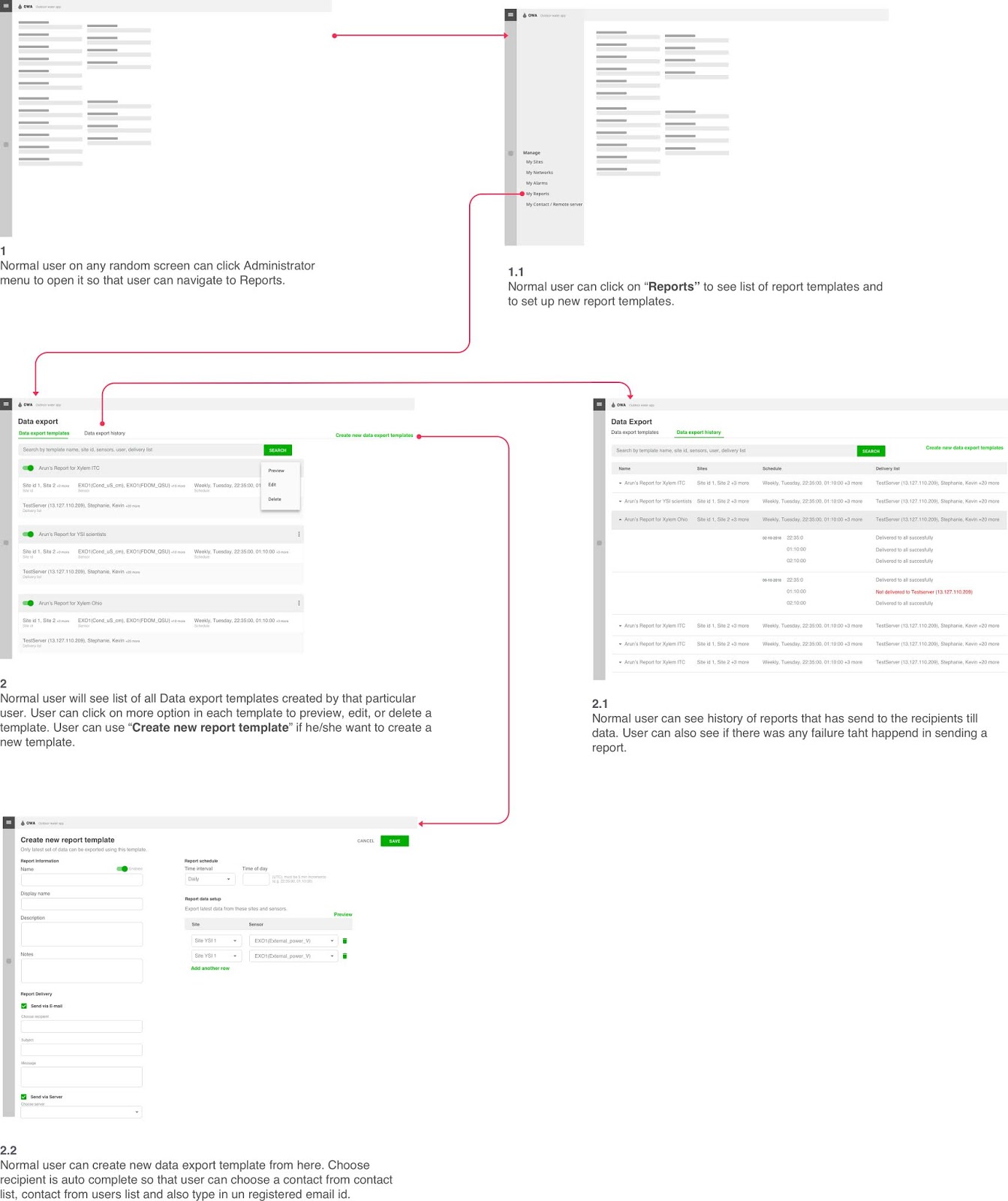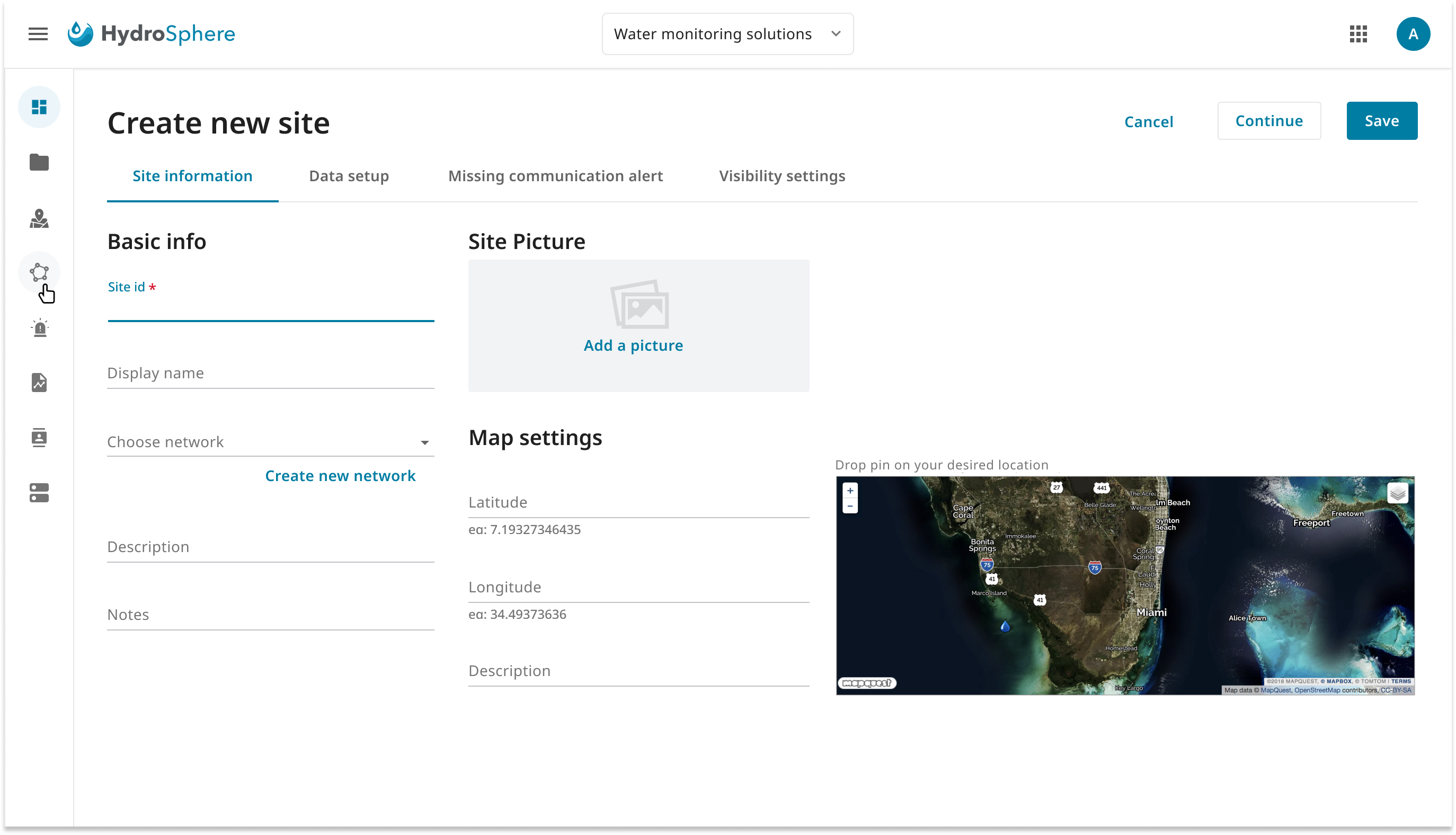Hydrosphere - Cloud platform to analyse water quality

Hydrosphere, a cloud-based application, specializes in water quality analysis, offering customizable site configurations and effective monitoring tools. The project involves restructuring legacy water quality analysis applications to enhance competitiveness, requiring careful planning and user-centric design to ensure success and market relevance.
Product info
Hydrosphere is an application hosted in the cloud, focusing on water quality analysis. Users have the ability to establish sites and customize their data configurations. It provides a range of functionalities to aid in effective and efficient site monitoring and management. Initially, the product launch focused on integrating key Xylem devices, with plans to incorporate third-party devices in subsequent phases. The product has an extensive roadmap, introducing new data models and advanced analytical capabilities.Role
UX Designer
User research, Competitor analysis, Information architecture,
Wireframe, Interaction design, Prototyping and testing,
Visual design
Project info
The project involves restructuring and redesigning outdated water quality analysis applications, such as Storm Central Waterlog, Aanderaa Geoview, and Tideland, to gain a competitive edge, with phased implementation to ensure success.
Direct observation
To craft a pleasing user experience, it's essential to grasp their natural work environment, aiding in deeper understanding, marking my initial step in requirement assessment.
Surveys & User interview
User interviews were conducted with various roles:
- Application admin: overseeing all accounts and customers
- Customer admin: creating sites
- Scientists and Technicians: monitoring sites
- Data reviewers: handling reports for organizations.
Interviews took place in users' natural work environments to enhance comfort and confidence. Questionnaires were meticulously prepared, with each user interview lasting approximately half a day.
Valuable insights were gathered from the interviews, informing the creation of a user-centric experience.
Competitor analysis
Solution design
Information architecture
Wireframe


Design validation
Key take aways
- Future-oriented planning is essential for minimizing technical debt.
- Strong foundational architecture is crucial for scalability when expanding the application.
- Ensure the design remains relevant and competitive in the market.
- Aim for a user experience that surpasses competitors' offerings to capture a substantial market share.










